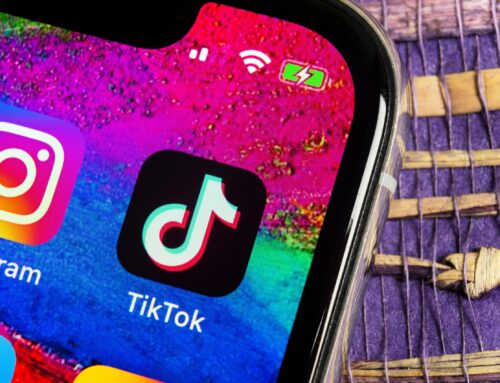
Social Strategy in a Post-Pandemic World
COVID-19 has changed the way we’re handling our messaging on social media. What does this mean for social media strategy in the future?
There’s plenty of articles and blogs about communicating through the COVID-19 pandemic and how to adjust your social media messaging to fit the unprecedented times. What we haven’t seen a lot of, though, are predictions for after the pandemic eases. Will we be able to go back to the normal routine of jab-jab-hook? Will we go back to pre-COVID in terms of social media messaging?
I don’t believe so. Here’s why.
According to recent studies, brands that reacted to the COVID-19 situation through a change in social media messaging had nearly 90% approval ratings from consumers. Whether brands had extra sales and promotions or whether they were providing information on the pandemic and how they were helping their customers through this time, brands that pivoted their messaging to be relevant and sensitive to COVID-19 saw approval ratings between 75%-89%. Brands who ignored the pandemic and still continued running “normal” messaging as if nothing was wrong in the world, or continued selling non-essential goods, saw lower approval ratings between 50%-60%.
With those numbers, it’s no wonder one of the most common strategies for brands right now is to be empathetic. You should always be careful with your messaging before hitting “post” but now more than ever, you may want to rethink that meme you were about to post on Instagram or that email blast about your newest product. These are scary, uncertain times for everyone. Acknowledge the situation, listen to how your followers are feeling, and take the feedback they give you and reshape your messaging to be relevant, sensitive, and generally empathetic.
Empathy in marketing isn’t new, either. Trends over the past few years have seen more and more consumers becoming smarter. They are more aware and more conservative with their purchasing power. It’s unclear whether this is due to younger generations attaining more monetary means or a shift in ethics on a wide-set scale. It is certain, though, that consumers care about a brand and how they handle societal issues. Women are buying cruelty-free, clean makeup. Millennials are buying products with recycled or repurposed packaging. The experience a brand gives you is less powerful—their ethics and their empathy for society are overpowering the once ultimate “experience marketing”.
Now is also the time for brand transparency. Brands are advised to be empathetic to their followers and the situation we live in, and while this is true, brands should also utilize the situation as an opportunity for transparency. There is nothing wrong with showing your followers how COVID-19 is affecting your brand, company, or industry. Empathy should be a two-way street in these times, and you should show that your brand is being affected through your social media messaging.
Authenticity is another key element your brand should embrace on social media in the future. According to recent surveys, 86% of consumers weigh authenticity when deciding what brands to support. Curated content and aesthetic Instagram feeds aren’t doing it anymore. Consumers want brands to show real people, real content—they want authenticity. That’s why Instagram stories have taken off in recent years. They are typically real-time content that lives on the social account for a maximum of 24 hours. Followers are often asked to engage with the content via polls or Q&A, making the experience inclusive of the consumer.
Be transparent, be authentic, be empathetic. This doesn’t sound like a traditional strategy, right? That may be so, but brands can still utilize these essential elements to make their social media messaging successful in promotional aspects. There are social media campaigns that have been hugely successful due to their focus on being less promotional. Once you start to see your followers as people, not consumers—as a person and not a number—you can connect with them through messages that show your brand embodies these values that modern-day consumers weigh.
So what does all of this mean for social media moving forward? It’s simple. Don’t overload your messaging and make sure it’s timely and in-tune with the world around us. Nobody wants to see promotion after promotion, and nobody certainly wants to see brands acting as if the world didn’t flip on its side. Spread kindness. Make awareness posts. Jump on trending hashtags that deliver and do good, not just promote. Engage your audience with empathy.
As it has been said, these are wholly unprecedented times we’re living in. The only thing many of us can agree upon is that things will never be the same. Our world will not go back to “normal”. There will be a new normal in the post-pandemic world and although we cannot say with certainty what that new normal will be, it’s true that this pandemic has changed the way brands should be positioning themselves on social media.
You should ensure your brand is being empathetic and that your social media messaging is not insensitive or irrelevant. This shift isn’t going anywhere, and you need to ensure your social media is ready to reshape and re-strategize. Take a step back from the hashtags and consider how you can help your community, your followers, and yourself by altering your messaging and starting a conversation.





